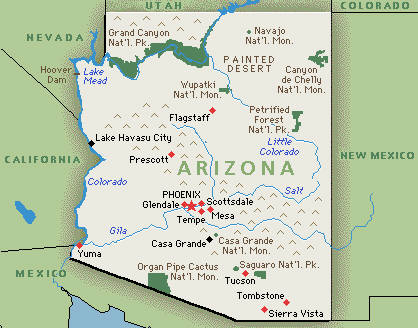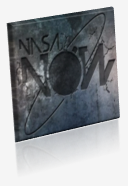As part of a series of electronic professional development experiences for educators, the NASA Explorer Schools project and the National Science Teachers Association are hosting a series of 90-minute live professional development Web seminars.
Engineering Design Challenge: Water Filtration
Date: March 18, 2014, at 7:30 p.m. EDT
Get background information about water recycling on the International Space Station, and then see how to incorporate the information into an exciting hands-on, inquiry-based challenge requiring students to solve a problem. The featured student activity provides many opportunities for incorporating national science, technology and mathematics learning standards into the curriculum as well as addressing middle school Next Generation Science Standards.
For more information and to register online, visit http://learningcenter.nsta.org/products/symposia_seminars/NES4/webseminar13.aspx.
Electromagnetic Spectrum: Remote Sensing Ices on Mars
Date: March 20, 2014, at 6:30 p.m. EDT
Learn how to use authentic NASA mission data to investigate the composition and distribution of ice in the high-latitude regions of Mars through analysis of visible light, infrared light and gamma rays. The seminar includes information about a unique student extension activity, where students access a free computer simulation illustrating how gamma rays are used to determine the chemical composition of Mars.
The featured activity provides many opportunities for incorporating national science, technology and mathematics learning standards into the curriculum as well as addressing high school Next Generation Science Standards.
For more information and to register online, visit http://learningcenter.nsta.org/products/symposia_seminars/NES4/webseminar9.aspx.




 Astrophysicist Ann Hornschemeier explains how NASA’s Nuclear Spectroscopic Telescope Array, or NuSTAR, uses high-energy X-rays to search for and take pictures of the densest, hottest and most energetic regions in the universe!
Astrophysicist Ann Hornschemeier explains how NASA’s Nuclear Spectroscopic Telescope Array, or NuSTAR, uses high-energy X-rays to search for and take pictures of the densest, hottest and most energetic regions in the universe! NASA Explorer Schools educator Kaci Heins and students from Arizona participated in a lesson based on the Mars Student Imaging Project. Her students studied geographic features on Earth and then used NASA photos to learn more about geographic features on Mars. Students applied skills such as measurement and how to document observations as well as reinforcing their understanding of latitude and longitude.
NASA Explorer Schools educator Kaci Heins and students from Arizona participated in a lesson based on the Mars Student Imaging Project. Her students studied geographic features on Earth and then used NASA photos to learn more about geographic features on Mars. Students applied skills such as measurement and how to document observations as well as reinforcing their understanding of latitude and longitude. The Curiosity rover is scheduled for launch to Mars on Nov. 25, 2011. To prepare for the launch, a telecon has been scheduled so you can hear about the many resources available for you to share the excitement of launch with your students. Topics during the telecon are:
The Curiosity rover is scheduled for launch to Mars on Nov. 25, 2011. To prepare for the launch, a telecon has been scheduled so you can hear about the many resources available for you to share the excitement of launch with your students. Topics during the telecon are: